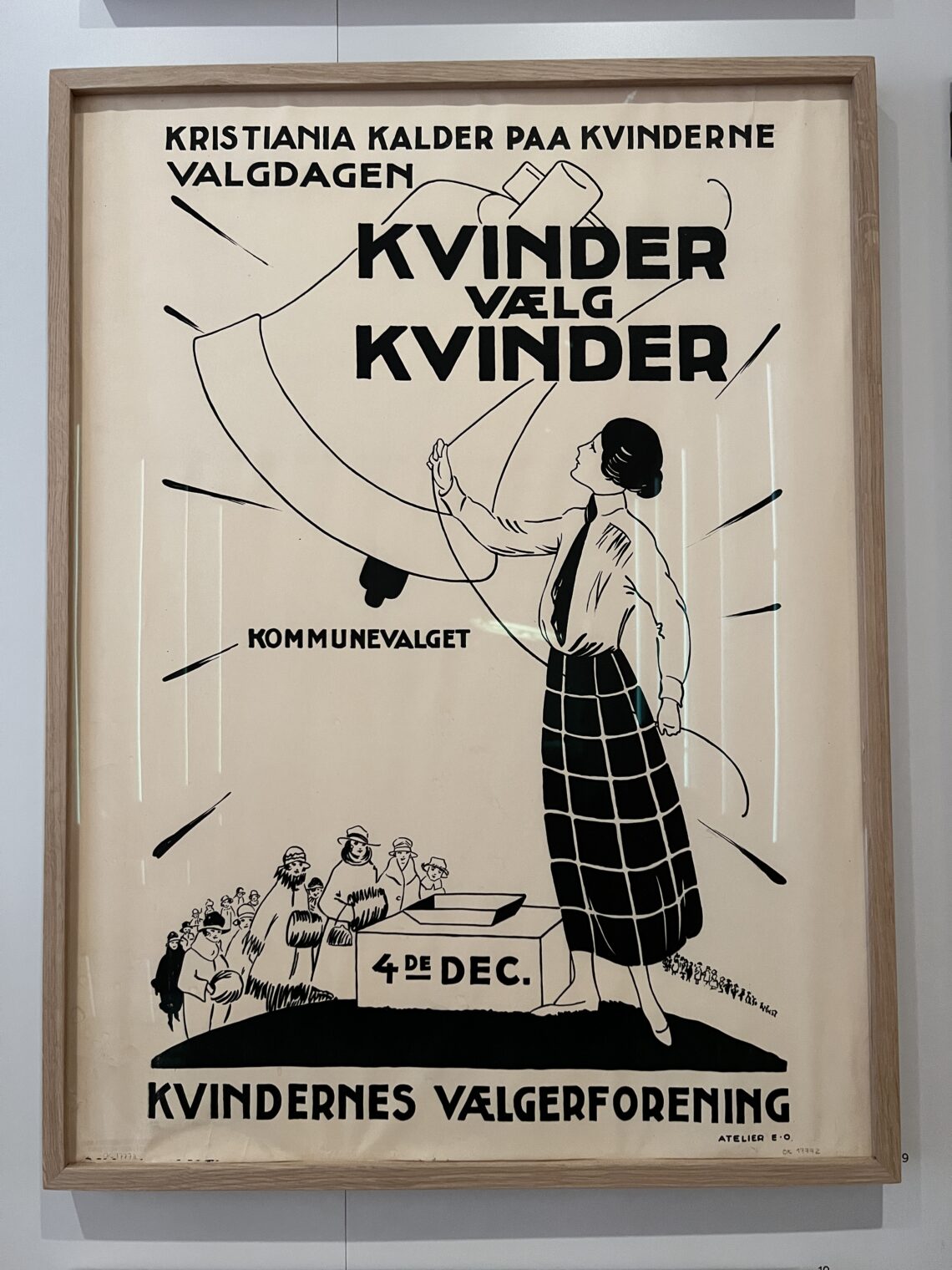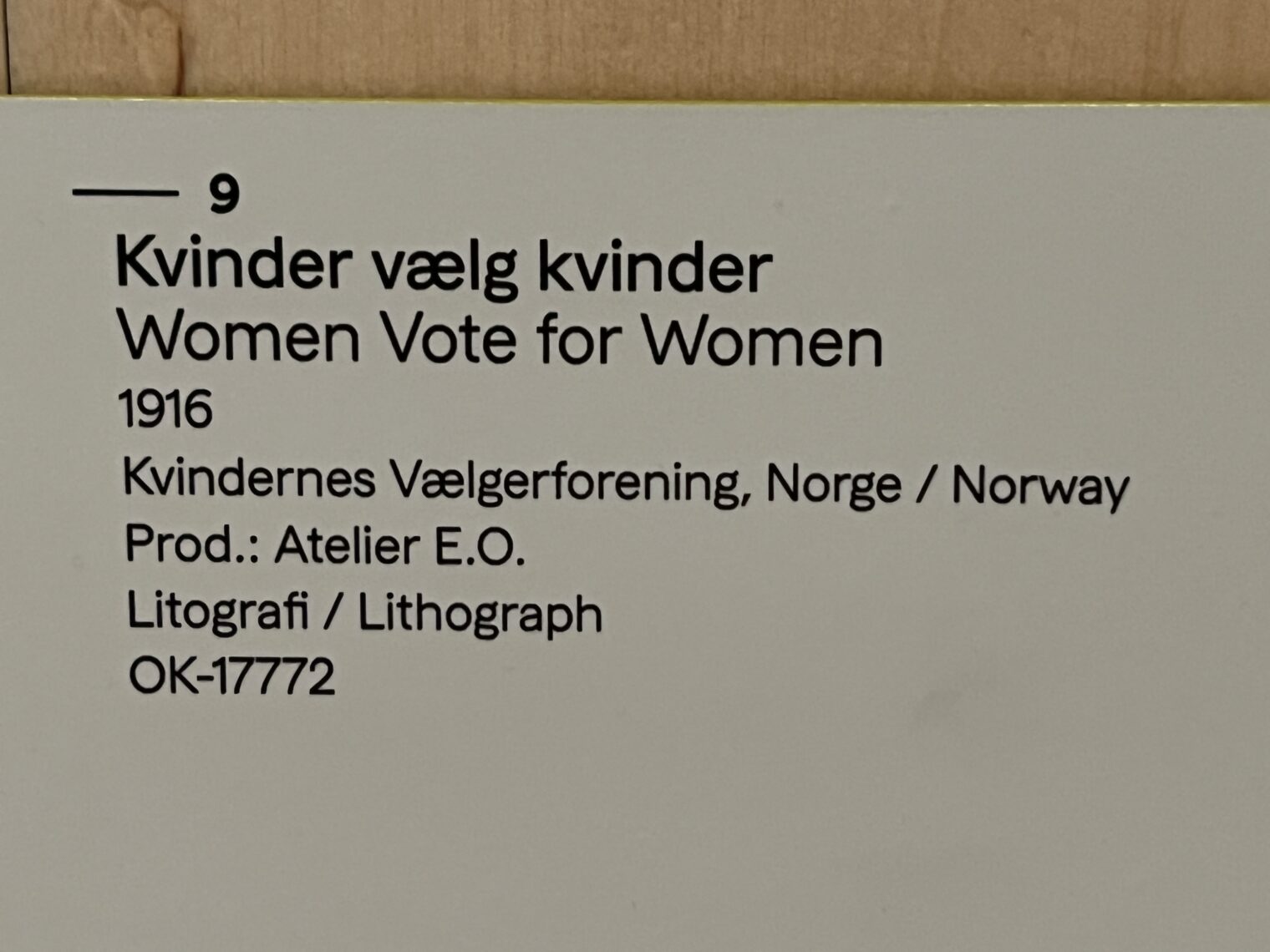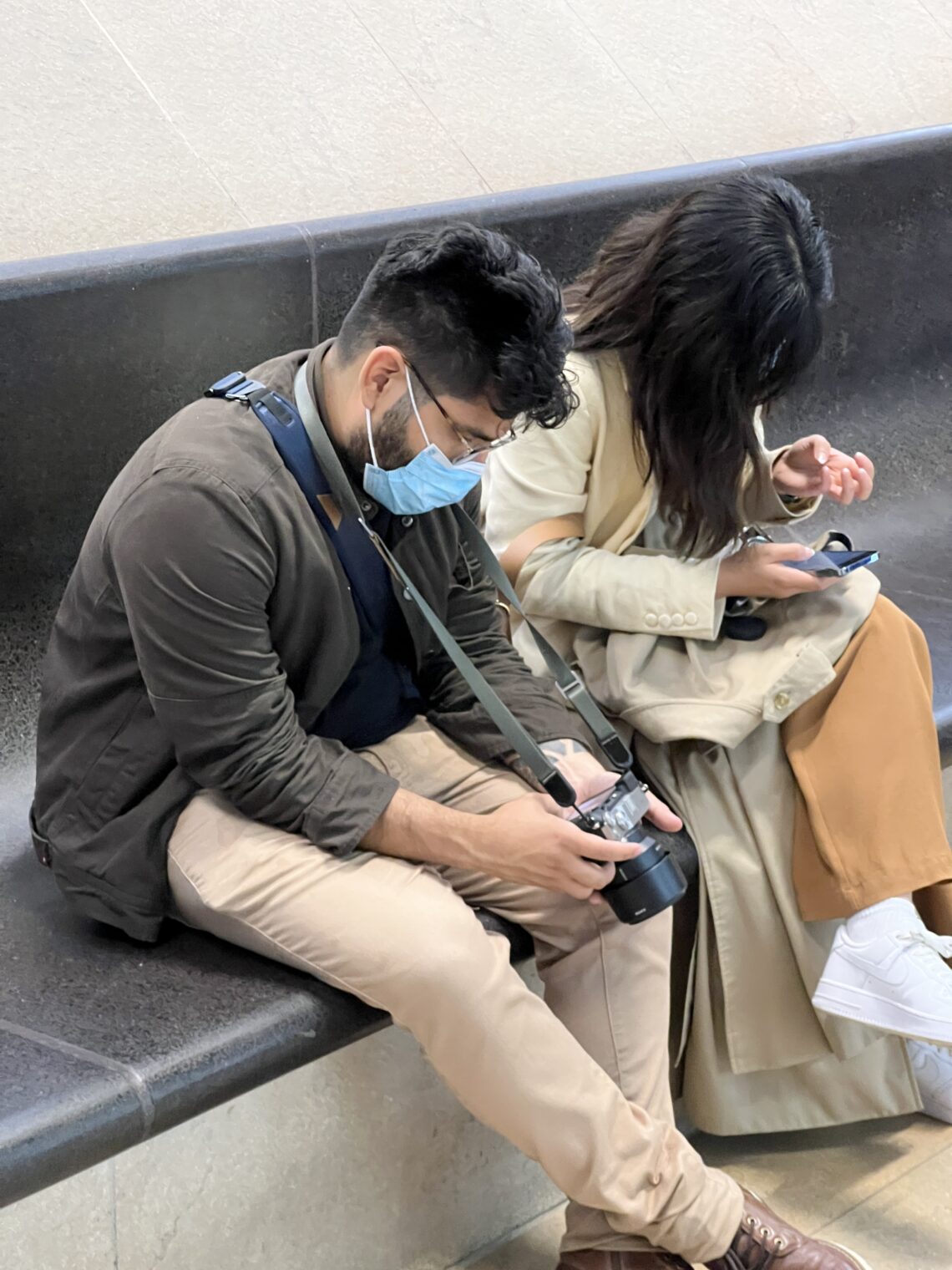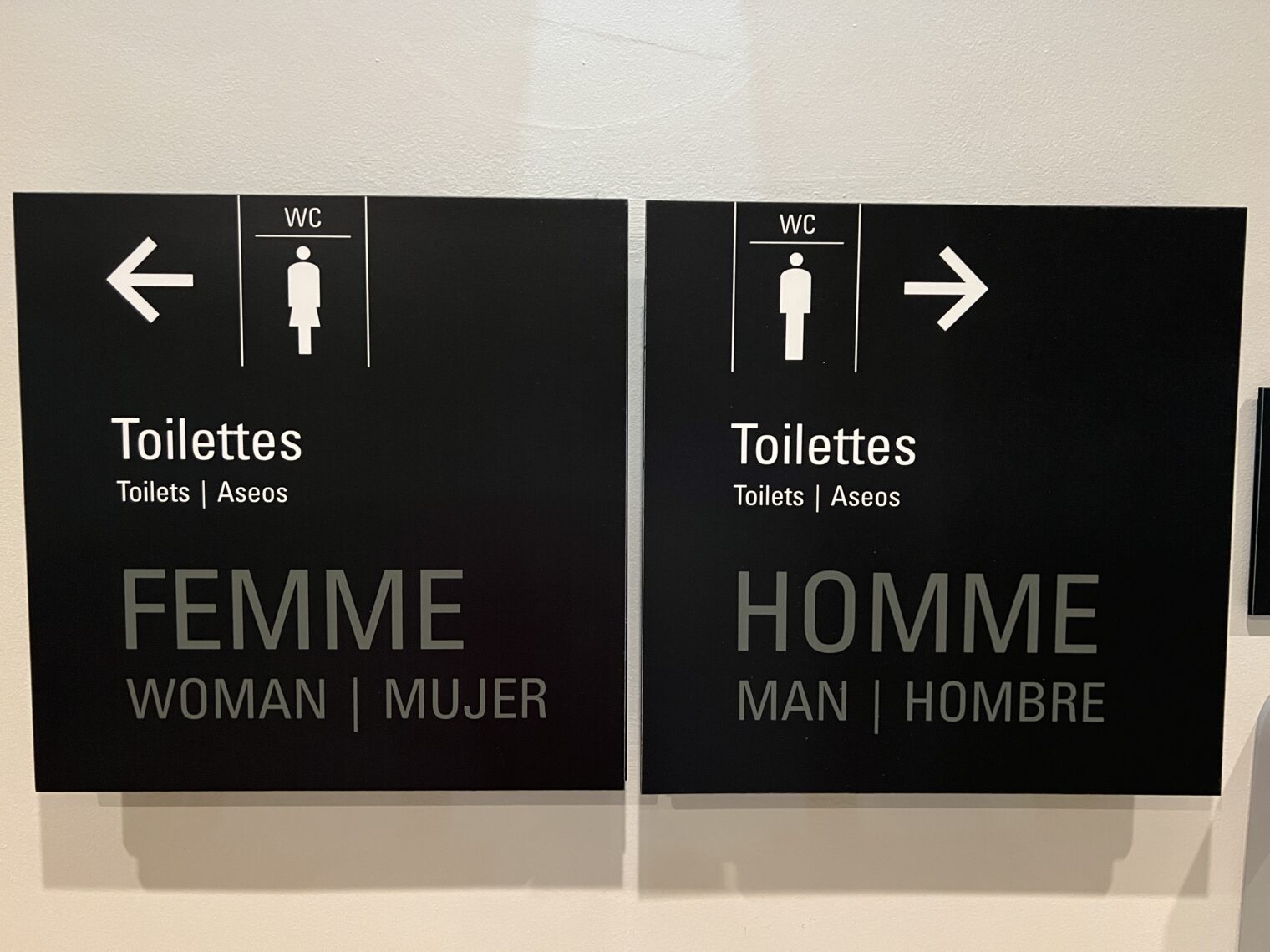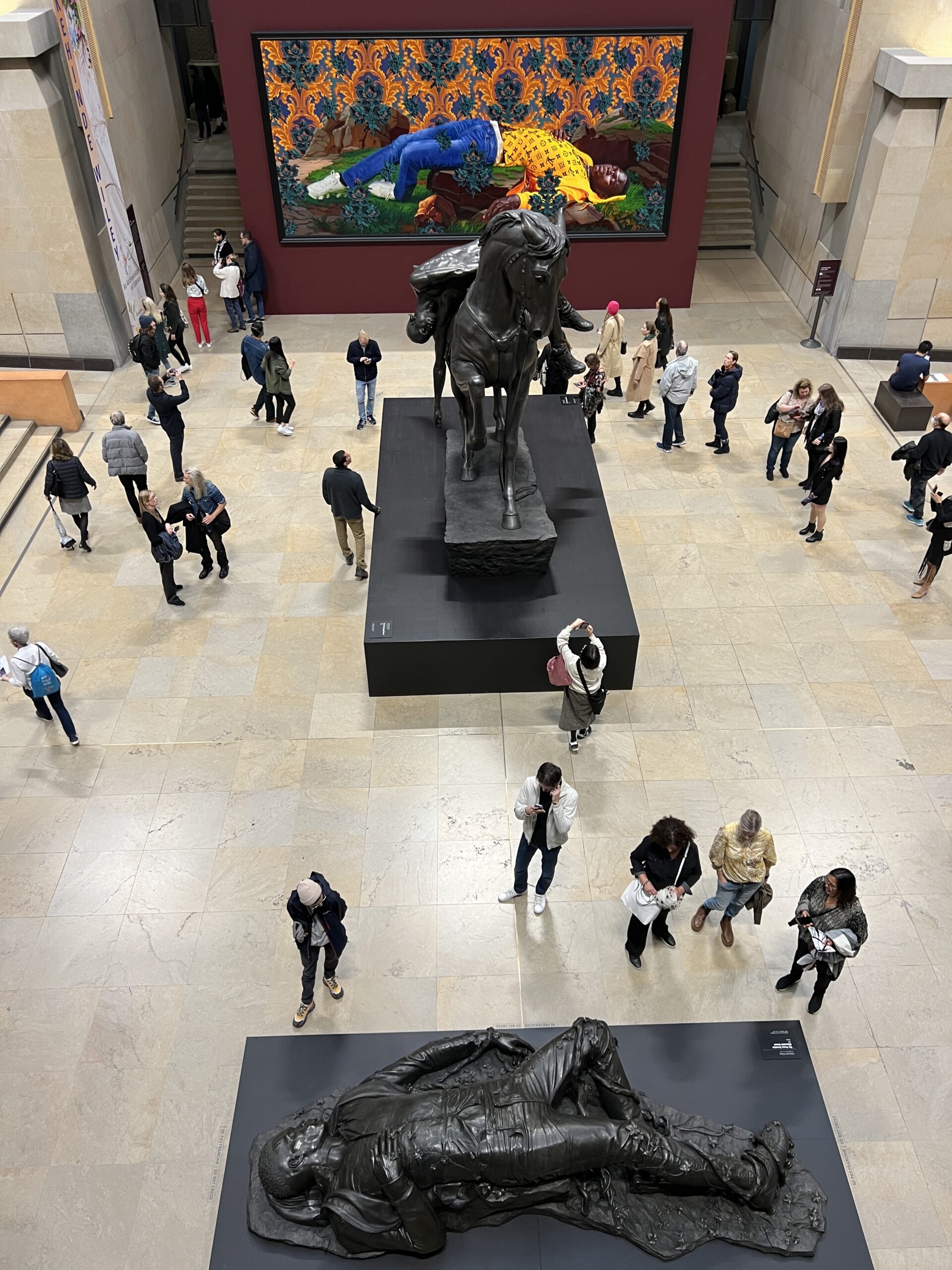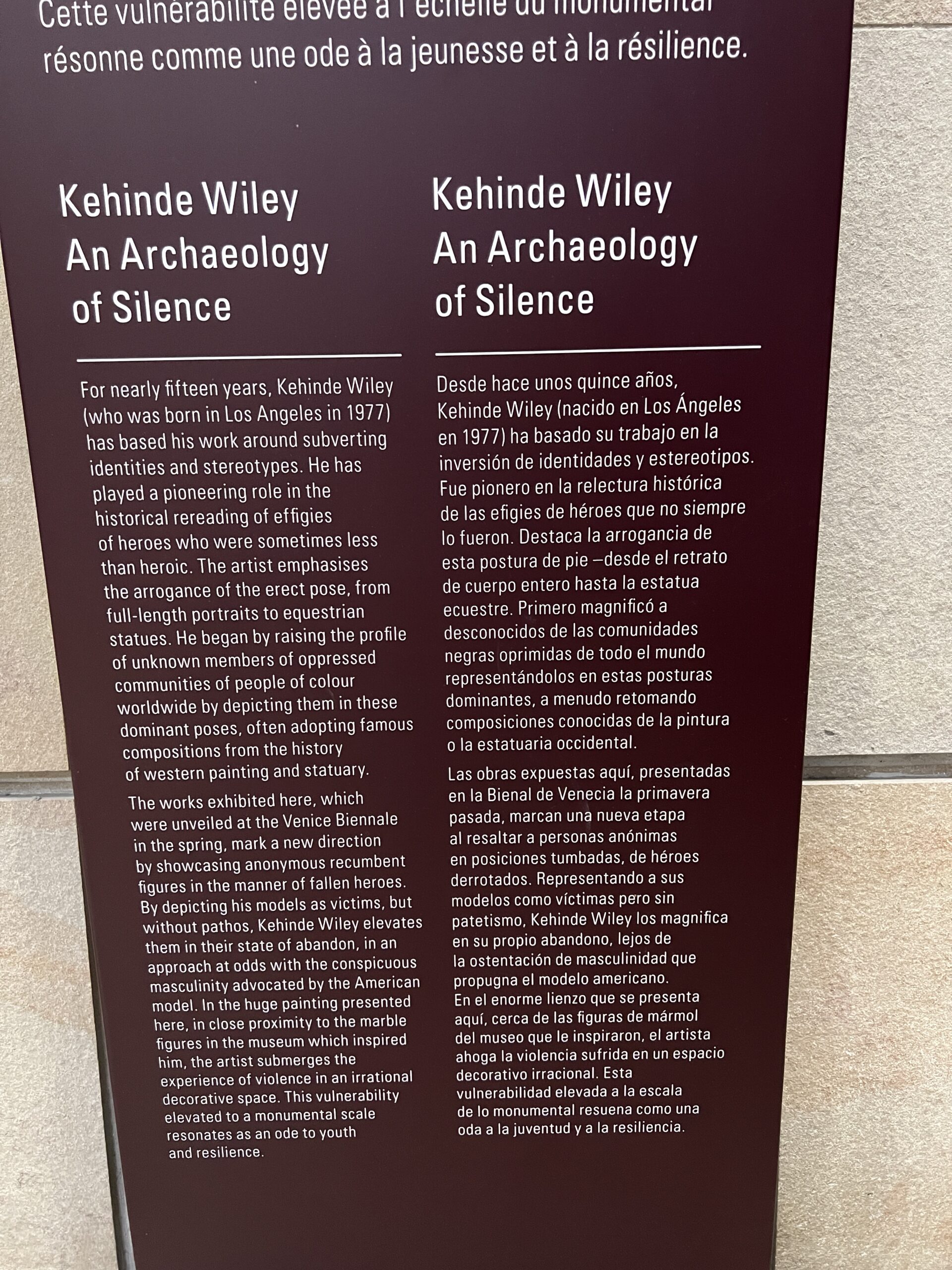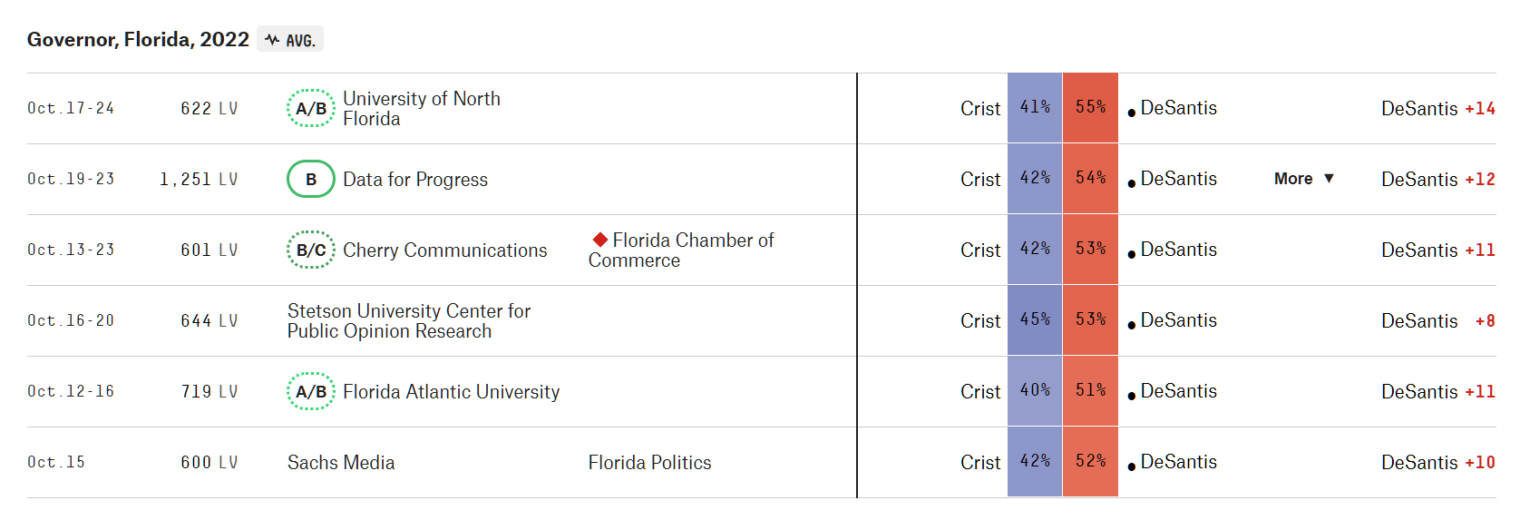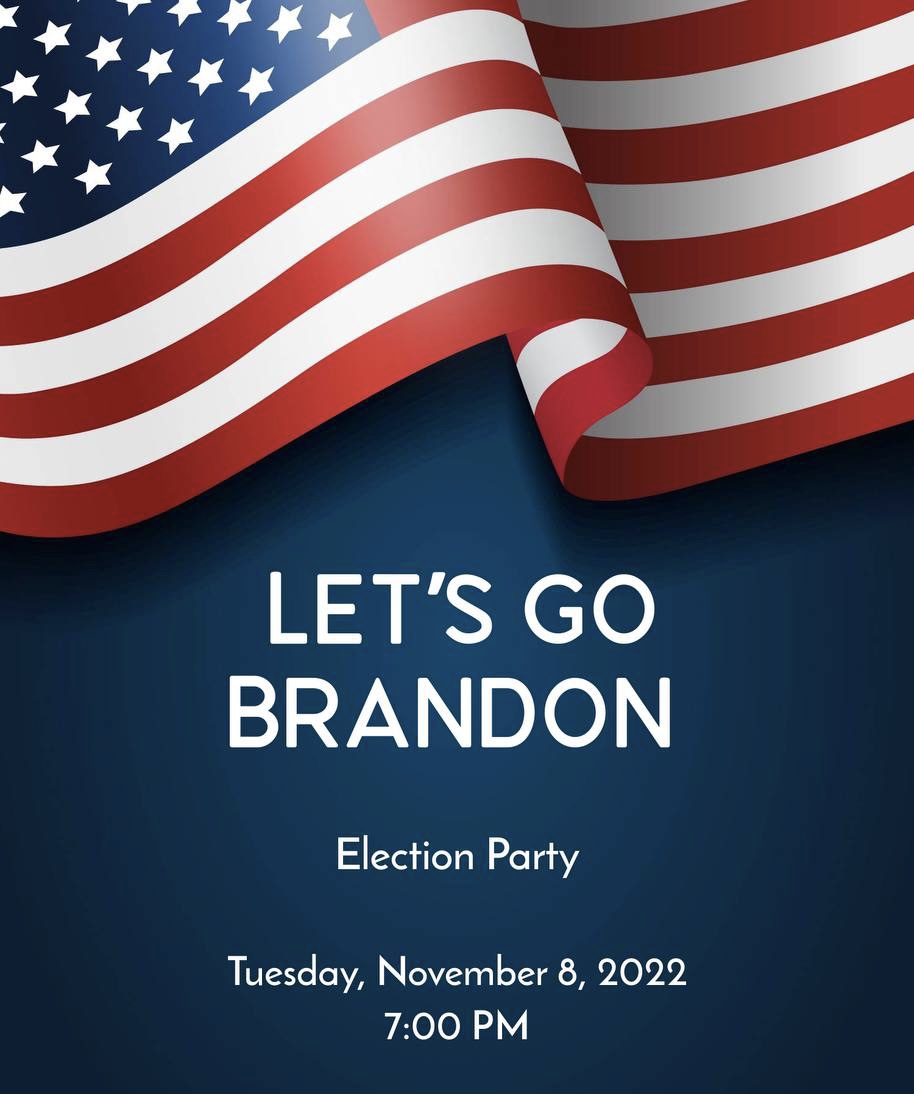Charlie Crist and Ron DeSantis debated tonight, moderated by Liz Quirantes, a TV anchor and “Hispanic Woman of Distinction for South Florida”. Here are my notes…
The local NBC station had a pre-debate show in which they attributed Charlie Crist being behind in the polls solely to Ron DeSantis having more money to spend. If Crist had more money, in other words, his all-abortion-care-all-the-time message would have persuaded voters. Ron DeSantis has so much money that he hasn’t even bothered to spend most of it (over $100 million just sitting in the bank ready to be spent on original Hunter Bidens to decorate the campaign HQ).
Crist accuses DeSantis of being responsible for high prices for insurance, gasoline, and other essentials. The Tyrant of Tallahassee turns it around and blames Joe Biden for discouraging domestic fossil fuel production. “You deserve a governor who has your back,” says Crist, in promising to lower insurance rates (but the insurance companies haven’t been making a lot of money in Florida, so how would this work?). He sounded fantastic when he said this. I was ready to vote for him because I want a politician who “has my back” and will lower all of the prices that I find painful to pay. For at least a few seconds of warm feeling, it did not occur to me to question the ability of any governor to deliver the marvelous things that were being promised.
Crist accuses DeSantis of not “encouraging” Lee County to order a mandatory evacuation earlier, which definitely would have saved 100 lives from Hurricane Ian. This assumes the same model of the world as used by the Covidcrats: the population will comply with whatever authorities say to do. But if that is the correct model, the population would have evacuated in response to the orders that actually were issued (more than 24 hours prior to landfall). DeSantis responds that everyone thought it would hit Tampa until the morning of the day prior to the hurricane and the evacuation orders were issued as soon as the forecast track had shifted. He doesn’t duck the question as he might, given that it is solely the job of the countries to issue evacuation orders. Nor does Ron point out that you have to budget for human nature when dealing with humans and assume that not everyone will follow the “mandatory” order. Nor did he point out that the weekend prior he told everyone on the west coast of Florida to prepare and be ready to go at a moment’s notice and that it wouldn’t be easy to predict the hurricane’s track.
When inflation comes up and how the FL governor is going to help Floridians cope, DeSantis points out that Crist says Biden is the best president he’s ever seen and, therefore, Crist is responsible for the Biden policies that have created runaway inflation. DeSantis offers to make all baby products and pet food free of sales tax. (Why not just lower the sales tax rate instead of indirectly paying people to have more kids?)
“Don’t Say Gay” (Parental Rights in Education Act) comes up. Crist had called it “heinous”, notes the moderator. Crist complains that teachers aren’t paid enough in Florida. I would have expected Ron D to point out that this is a county function and counties can and do pay whatever they want, but instead he hits Crist for supporting teaching sexual orientation and gender identity to kindergartners and also crows about protecting “girls” from transgender athletes horning in. (Maybe the state actually does determine teacher pay to some extent? This press release suggests that there is some state function. I am a long way from figuring out how Florida’s government works.)
Critical Race Theory is brought up because apparently Florida bans teaching young people to feel guilty based on stuff that folks with the same skin color did in the old days. Crist says we should teach “facts” and “the truth.” He says slavery will come back if we don’t teach history properly and completely. (An odd prediction given that the trend is for Americans not to work at all.) Ron responds by saying that Crist’s running mate wants to teach kids that America was built on stolen land (exactly what I would tell kids! Except for South Florida, nearly all of which was a mosquito-infested swamp that wasn’t used by the Native Americans because it hadn’t been drained).
Crist says that something he did when he was a (Republican) governor of Florida 10+ years ago is actually the reason that the Sanibel bridge was able to be rebuilt quickly. (Everyone can take credit for the quick bounce-back from Hurricane Ian.)
Crist says governor doesn’t care about women and their right to choose or their right to vote. DeSantis points out that Crist didn’t want women to be able to choose whether to get the “COVID shot”.
Moderator asks about public health and says that the Supreme Court overturning Roe v. Wade is the biggest “public health” issue (a softball for Crist!). Ron talks about a Jamaican woman who contemplated abortion care, but eventually decided not to get one and how the not-subjected-to-abortion-care baby grew up to get appointed to the Florida Supreme Court. (As in Star Wars, Democrats will say “This is not the Black woman we are looking for”?)
Crist says DeSantis has made Florida “unaffordable to most of our citizens” (true, but he had a lot of help from Andrew Cuomo, Gavin Newsom, and other lockdowners!). Crist doesn’t say how he is going to get rid of all of the Californians and New Yorkers bringing money into the state and bidding up prices. And what if Science-following Beto O’Rourke wins Texas and the lockdown-averse from there begin migrating to Florida, which does have some limits to growth?
Moderator points out that Crist called for stay-at-home orders and mask orders and asks whether he sticks by his. Crist says he would have “listened to Science”. You take a “commonsense approach and listen to health care providers.” Crist blames DeSantis for at least half of the COVID-19 deaths suffered in Florida. Crist says over 6 million Floridians have gotten COVID under DeSantis and implies that it is his fault.
Now it is gender transitions for minors. DeSantis points out that Europeans have backed away from “genital mutilation”. Crist says that this reminds him of DeSantis’s position on a woman’s right to choose. DeSantis imagines that he knows better than doctors, the ultimate example of sinful pride. DeSantis says “we’re talking about 15-year-old kids” and they can’t get a tattoo under Florida law and they also shouldn’t be able to decide if they want a double mastectomy. Crist works the woman’s right to choose into almost every response, regardless of apparent relevance.
Moderator talks about “illegal immigration” (a false premise, since it is not illegal to walk across the Rio Grande and ask for asylum) and the Martha’s Vineyard migrant deposit. Crist said it was “inhumane”. Moderator asks if Crist wants to make Florida a sanctuary state. Crist responds that he wants to secure our border (not with a wall, I hope!) and points out that the migrants transported included a pregnant woman and a 1-year-old baby (we are informed that migrants boost our economy by adding workers; when will this currently pregnant woman be entering the workforce and paying taxes? And the yet-to-be-born baby?).
What will you do to protect Floridians from drug overdoses and related problems? DeSantis talks about providing NARCAN, harsher penalties for fentanyl dealers, and addiction treatment (does that work?). Crist says he will be tough on crime and that crime is up under DeSantis (the population has grown a lot; is he talking rate or absolute numbers?). Ron D replies that “Charlie was tough on crime about six political parties ago”.
Asks about the death penalty for Nikolas Cruz. Crist says Cruz should have gotten the death penalty (i.e., the jury was stupid?). DeSantis agrees that Cruz should have gotten the death penalty and that it was a travesty that one juror was a holdout. DeSantis stresses that the shooting happened before he was governor and then talks about increasing school security, firing the cowardly and incompetent sheriffs, and other actions in response. (I personally would not have supported the death penalty for Cruz, 19 years old at the time. And I disagree with Ron DeSantis on the merits of ugly chain link fence around every school (I would work on making it easy for all of the children to run away from the school, e.g., with an exit door in every classroom, rather than rely on making it impossible for a motivated criminal to get in; the Uvalde school was fenced and had defenses against entry).)
One-minute closing statements…
Crist: I want to unite Florida, not divide it like the bad man is doing. I want women to have the right to choose, especially in the cases of rape or incest. He says that when he was governor, he lowered insurance rates and property taxes (how? aren’t they set by the counties?).
DeSantis: We have accomplished a lot in the past four years. Talks about the massive budget surplus. Largest increase in teacher pay in Florida history. “I led based on facts, not based on fear,” says DeSantis regarding coronapanic. “I took a lot of flak, but I protected your job and wasn’t worried about saving my own.”
My impression of the 66-year-old Crist was improved by watching. He seemed to have a fully-functioning brain, which is more than one can say about a lot of top Democrats. He exuded empathy, which seems to be the Democrats’ strong point. Maybe hyperinflation will wipe out all of your savings, but Joe Biden and Charlie Crist will care deeply about your plight and that will make everything okay from the point of view of more than half of us. Ron DeSantis seemed fairly humble and not too harsh/mean so my impression of him was also improved. Given that Americans want the appearance of empathy above all else in a politician, I was not convinced by his debate performance that he is presidential material.
Crist, the old guy, came off as perhaps the better choice for old people. (He’s also the better choice for unionized teachers, presumably, since he running mate is the president of the Miami teachers’ union.) Crist’s vision is to try to dial back prices to what they were before all of the rich lockdown-averse New Yorkers moved in (“The Manhattan residents who moved to Palm Beach County had an average income of $728,351, IRS data showed.” (NYT)). If he can deliver on his promises, most of which assume the full powers of a central economic planner, it would be a huge help to the elderly on fixed incomes. The “abortion care in every health care facility” concept is also good for reducing pressure on housing!
DeSantis, the young guy, came across as the better choice for children and working-age Floridians. He’s all about making sure that kids have a school and people who want to work have jobs. The result will be explosive growth, but it is better to try to help people adjust to that growth rather than try to strangle the growth in its crib.
Speaking of growth and the invasion of the rich, here’s a McLaren (720S?) in our neighborhood, built for the middle class and 30 minutes away from the rich parts of Palm Beach County (Palm Beach island itself and the horse farms of Wellington).
If the McLaren owner can afford $300,000+ for two seats and no baggage space, he/she/ze/they is presumably driving up prices for a range of goods and services. Crist wants to send him/her/zir/them back to California. DeSantis wants to build him (Ron is not pronoun-compliant) a garage.
Full post, including comments 


